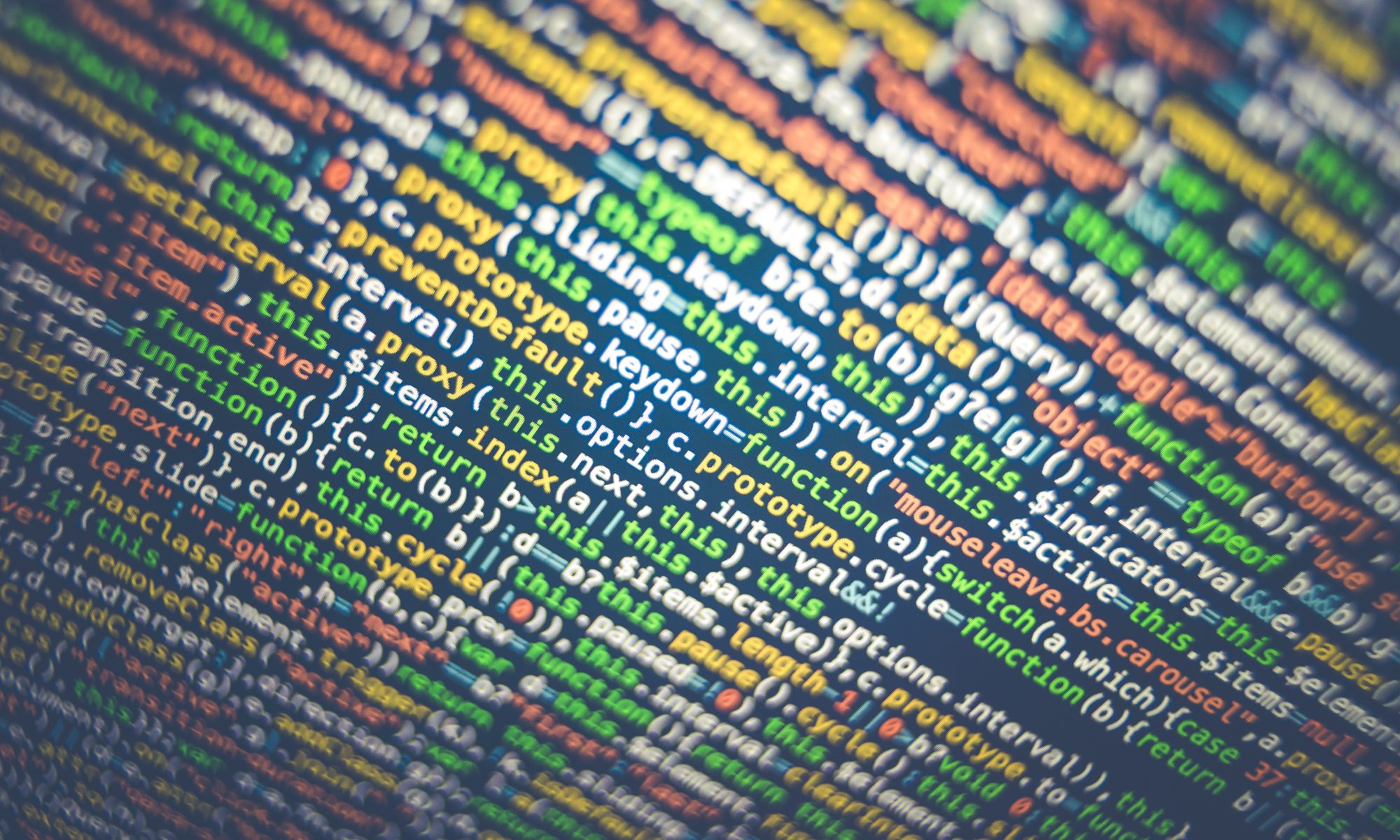Introduction
The ability to visualize a program flow is very important as the complexity of a program grows. There are multiple methods to do this visualization, the two most common being Flowcharts and Pseudo-code. This topic will use external resources to help you learn how to do this visualization.
Flowcharts
Flowcharts are simply visual diagrams of a program flow. Everything you need to know about flowcharts is available from the Wikipedia article on flowcharts at https://en.wikipedia.org/wiki/Flowchart . Evan though a simple flowchart can be sketched by hand, you may wish to use a tool to build your flowchart. Decent flowcharts are considered a necessary element of procedural program documentation.
- Lucid Chart – https://www.lucidchart.com/
- Visio – https://products.office.com/en-us/visio/
Pseudo-code
Pseudo-code is a very popular method of laying out an algorithm. These can be written a lot of different styles, but they are all typically very easy to read for someone with minimal programming background. You should be familiar with the basics of pseudo-code as outlined in the Wikipedia Article – https://en.wikipedia.org/wiki/Pseudocode
Other Methods
Other methods for documenting complex programs exist and some very common methods are;
- UML – https://en.wikipedia.org/wiki/Unified_Modeling_Language – This language offers extensive tools to diagram the structure, behavior, and interactions in large software projects.
